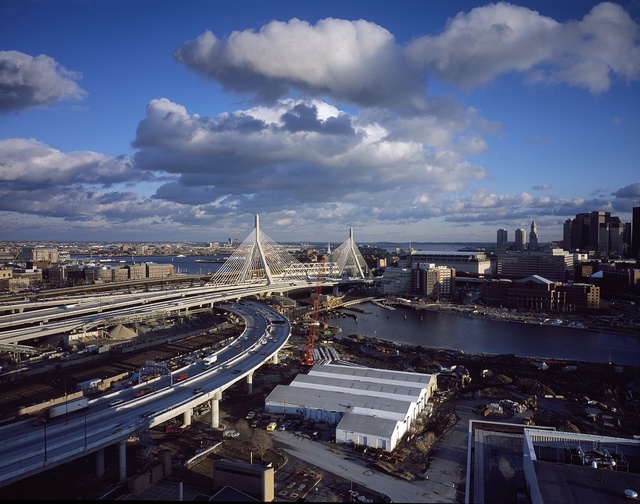New infrastructure — and particularly transportation infrastructure — should be climate change resistant, value previously marginalized urban neighborhoods and take into consideration changing traffic patterns, according to a panel of real estate and urban development specialists based in the greater New York City metropolitan area. If these basic tenets are taken into account, any infrastructure bill passed by Congress and President Joe Biden should provide some excellent real estate investment opportunities, they said last week at an iGlobal Forum webinar titled: The Biden Infrastructure Plan and Its Impact on the U.S. Real Estate Industry: Seizing Opportunities, Navigating Risk.
Though Manhattan will remain the region’s greatest draw, the coronavirus pandemic has changed its relationship with surrounding areas. For example, Remy Raisner pointed out that the pandemic has been great for the growth of emerging Brooklyn neighborhoods, where his private equity firm The Raisner Group has apartment and commercial buildings. He expects that trend to continue. People are moving there because they value having more space at home, especially if they plan to continue working from home, even partially, he said. And while that may mean commuting less, Remy suggests that people may be willing to commute longer distances when they do. But strong public transportation will remain key.
“You want to have a world class trip to the center of Manhattan. It’s still the center of the world, the economic capital of the world,” Raisner said. “What benefits the city benefits everyone.”
In new Jersey, building mass transit to reach the city isn’t enough, though, said Debra Tantleff, founding principal of TANTUM Real Estate. Multimodal transport must accompany it for transit to work at all in such a suburban environment. That includes parking lots for cars, but also pedestrian paths, bike lanes, buses and shuttle services.
These mass transit hubs “become your opportunity to create critical mass and density and create a sense of place. And so you have to be able to get people around, not just getting people into Manhattan,” Tantleff said. How any infrastructure bill impacts the region will depend on “how that money trickles down from the federal government to the state and then how it’s deployed throughout the municipalities,” she said, but well planned hubs are good real estate development opportunities.
Good investment opportunities may also arise from efforts led by Biden to invest in previously marginalized communities, such as those split by highways.
“This is the sort of thing that you really need the government to do,” said John Jacobsson, executive vice president of Capital Markets at Related Companies. “Take apart or bridge over a piece … that was built 70 years ago. It’s probably not a project that can be afforded at the local level.”
Similar redevelopment efforts have worked in Rochester, N.Y., where almost a mile of the circa-1950s Inner Loop highway was filled and transitioned to mixed development and in Boston, Mass., where the Big Dig helped reconnect east Boston with downtown, he said.
In Boston, “it’s had a tremendous impact, created huge real estate opportunities that nobody could really necessarily even imagine,” Jacobsson said. “If they’re in neighborhoods where things like the existing housing stock is either insufficient, needs to be rehabilitated, or — based on growth in those areas — needs to be added to, I think that creates great opportunities for the real estate industry. There’s certainly a significant number of examples of urban case studies where highways have cut off certain parts of a city.”
Tantleff added that it’s important when developing — or undeveloping — infrastructure, that neighboring communities are always considered for their livability. For example, the recent surge in logistical activity will benefit from transportation improvements, but whose backyards are those trucks going through with their exhaust fumes?
While current infrastructure bill proposals could provide a bevy of real estate opportunities, it may also offer the opportunity to rethink what is needed from infrastructure.
“What is going to be important, regardless of what the ultimate plan is going to be when it comes out of Washington, is to think about transit planning in a flexible way,” said Alexander Heil, vice president for research at Citizens Budget Commission and adjunct professor at Columbia University and New York University. “How can we actually think about levels of service that will optimize the mobility that is provided to residents, to workers, to commuters? And how can we get the greatest economic benefit in the long term for dollars? And if we can do that, I think, the transit system of the future may actually not in certain parts resemble the transit picture of the past.”
